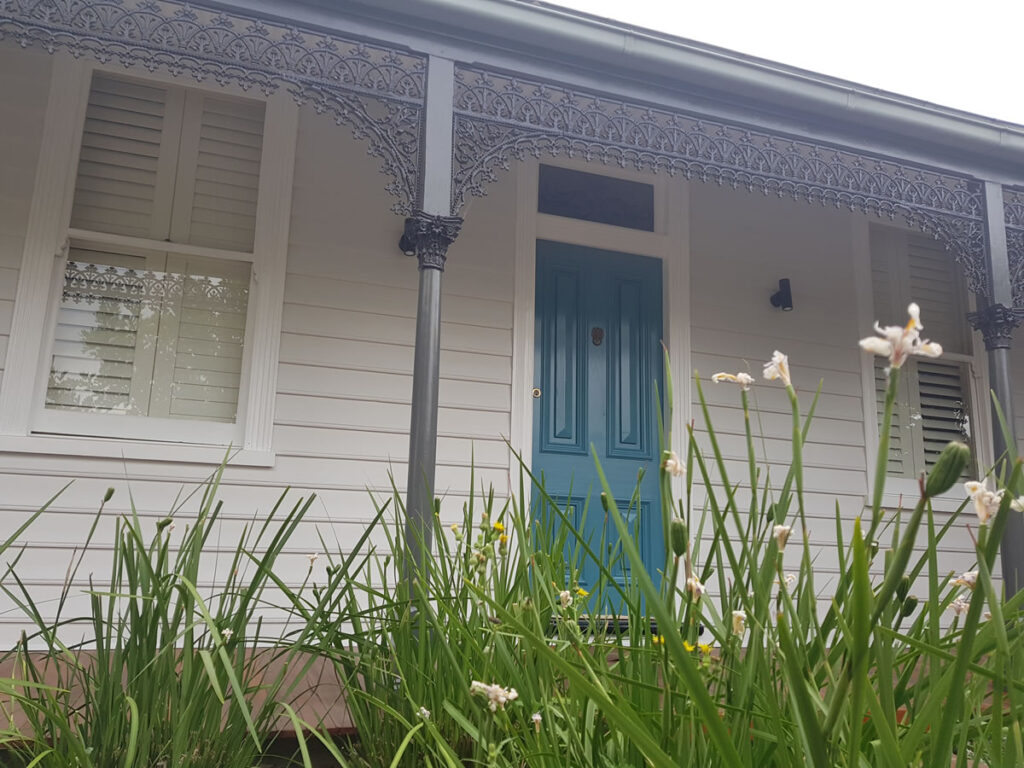As a professional painter who has seen countless homes transformed for the market, I’ve witnessed first-hand the significant impact the right paint colors can have on a home’s saleability.
Painting your home for sale isn’t just about freshening up the walls; it’s about creating a canvas that potential buyers can envision as their own.
The choice of color plays a pivotal role in this process, making spaces feel welcoming, spacious, and versatile. Here’s my guide to selecting paint colors that can help your home sell faster, based on years of experience and successful sales.

The Psychology of Color in Home Sales
Color psychology is a powerful tool in home staging. Neutral colors are universally appealing because they form a subtle backdrop that allows buyers to imagine their lives and belongings in the space. These colors also reflect light beautifully, making your home appear brighter and more spacious—a key selling point.
Choosing the Right Neutral Palette
Soft Whites and Creams: Far from being stark or clinical, soft whites and creams can make spaces feel airy and expansive. They work well in almost any room, enhancing natural light and offering a sense of cleanliness and tranquility.
Warm Grays: Warm grays are incredibly versatile, providing a modern yet timeless look that appeals to a wide range of tastes. They pair beautifully with both warm and cool tones, allowing for flexibility in decor.
Beige and Taupe: These colors add a bit more warmth than gray, creating cozy and inviting spaces. They’re perfect for living areas and bedrooms where you want to evoke a sense of comfort.
Greige: A blend of gray and beige, greige combines the best of both worlds. It’s neutral enough to be versatile, yet warm enough to add depth and character to a room.
Accent Colors: Yes or No?
While neutral walls are advisable, incorporating subtle accent colors can add dimension and interest to your home. Choose soft, muted hues for accents—think pastel blues, greens, or lavenders. These should be used sparingly, perhaps in a single wall or as part of a backsplash, to maintain the overall neutral theme.
Finishing Touches: Trim and Doors
Don’t overlook the power of trim, doors, and other details. Painting these elements in a crisp, clean white can frame your neutral walls beautifully, adding to the sense of space and cleanliness. High-gloss finishes on trim and doors can also add a touch of luxury and durability.
The Exterior Matters Too
First impressions are crucial, and the exterior of your home is the first thing potential buyers will see. Opt for neutral exterior colors as well, complemented by a contrasting front door in a welcoming color like deep blue, red, or green. This can add curb appeal and make your home stand out in buyers’ minds.
Tips for a Successful Paint Job
Quality Over Quantity: Invest in high-quality paint and professional application. A well-done paint job can make a world of difference in how your home is perceived.
Lighting Is Key: Consider how natural and artificial light will interact with your paint colors at different times of the day. Light can dramatically affect how colors appear, so test samples in various lighting conditions.
Keep It Consistent: Use the same neutral palette throughout the home to create a cohesive look. This doesn’t mean every room has to be the same color, but sticking to the same family of neutrals can enhance the sense of flow and spaciousness.
Final Thoughts
Painting your home for sale is an investment in its future. By choosing the right colors, you’re not just preparing your home for the market; you’re setting the stage for potential buyers to fall in love with it. As a professional painter, I’ve seen the transformative power of paint time and again. With thoughtful selection and expert application, your home can make a lasting impression, helping it sell faster and for a better price. Remember, in the world of home sales, color is not just a detail—it’s a strategy.











